August 30, 2023
Strategy Considerations For Seller Financing
Creative Financing in Real Estate Transactions: Exploring Innovative Approaches
Real estate transactions have long been a cornerstone of wealth building and investment. The traditional approach to financing these transactions involves conventional mortgages and loans from financial institutions. However, the realm of real estate financing has evolved, giving rise to a plethora of creative financing techniques that provide alternatives to traditional methods. Creative financing involves unconventional approaches to funding real estate deals, often incorporating innovative strategies that benefit both buyers and sellers. This essay delves into the concept of creative financing in real estate transactions, exploring its various forms, benefits, potential risks, and its role in shaping the modern real estate landscape.
Forms of Creative Financing:
Creative financing encompasses a wide range of techniques, each tailored to specific circumstances and objectives. Some prominent forms include:
- Seller Financing: In this arrangement, the seller acts as the lender, allowing the buyer to make payments directly to them instead of securing a traditional mortgage. This method can be particularly beneficial for buyers who may have difficulty obtaining financing through conventional channels.
- Lease Options: Lease options, also known as rent-to-own agreements, enable a prospective buyer to lease a property with the option to purchase it at a predetermined price after a specified period. This approach allows the buyer to accumulate equity while assessing the property's suitability before committing to a purchase.
- Subject-to Financing: In this scenario, a buyer takes over the existing mortgage of a seller while gaining ownership of the property. The buyer does not assume direct liability for the loan, but rather continues to make mortgage payments on behalf of the seller.
- Wraparound Mortgages: This involves a secondary mortgage taken out by the buyer that "wraps around" the existing mortgage. The buyer makes payments to the seller, who then continues to make payments on the original mortgage. This can be advantageous in situations where the buyer does not qualify for a new loan.
- Hard Money Loans: Hard money lenders offer short-term loans with higher interest rates and lower qualification requirements compared to traditional lenders. These loans are often used for investment properties or when quick financing is needed.
Benefits of Creative Financing:
The appeal of creative financing lies in its ability to address specific challenges that traditional financing may not adequately resolve. Some benefits include:
- Increased Access to Financing: Creative financing opens doors for individuals who might not qualify for conventional mortgages due to credit issues or unconventional income sources.
- Flexibility: These methods offer greater flexibility in structuring deals, allowing parties to tailor arrangements to their needs and goals.
- Faster Transactions: Creative financing methods can expedite transactions since they often involve fewer bureaucratic processes than traditional loans from financial institutions.
- Win-Win Scenarios: Creative financing can lead to mutually beneficial outcomes for both buyers and sellers. Sellers might secure a higher price or steady income, while buyers can secure properties without stringent bank requirements.
- Diverse Investment Opportunities: For investors, creative financing provides a range of options to diversify their portfolios beyond traditional investment avenues.
Potential Risks and Challenges:
While creative financing offers numerous advantages, it is not without its risks and challenges. It's essential to approach these methods with caution and a clear understanding of potential downsides:
- Regulatory Complexities: Depending on the jurisdiction, certain creative financing arrangements might face legal and regulatory hurdles. Buyers and sellers must navigate these intricacies to avoid legal complications.
- Risk of Default: Some creative financing methods carry a higher risk of default, which could lead to financial losses for both parties involved.
- Equity Concerns: In certain arrangements, buyers might not build equity at the same rate as with traditional financing methods, potentially leading to dissatisfaction.
- Due Diligence: Proper due diligence is critical to ensure that the property's value aligns with the agreed-upon terms and that the seller's financial obligations, such as existing mortgages and liens, are accurately assessed.
- Market Volatility: Economic fluctuations can impact the success of creative financing deals, potentially causing financial strain for both parties.
Impact on the Real Estate Landscape:
Creative financing has had a notable impact on the real estate landscape, influencing how transactions are conducted and reshaping industry norms:
- Diversification of Investment Strategies: Investors now have an array of financing methods at their disposal, enabling them to diversify their investment strategies and capitalize on various market conditions.
- Empowerment of Non-Traditional Buyers: Creative financing empowers individuals who might have been excluded from the real estate market due to credit or financial limitations.
- Adaptation to Changing Markets: During market downturns or times of economic uncertainty, creative financing can serve as a lifeline by providing alternative funding sources when traditional financing options become scarce.
- Evolution of Seller Strategies: Sellers can explore creative financing to attract a broader pool of buyers and sell properties faster, especially in competitive markets.
- Innovation in Real Estate Services: The rise of creative financing has prompted the development of specialized services and professionals who cater to these non-traditional financing methods.
Creative financing has emerged as a transformative force in the real estate industry, offering innovative solutions to the challenges posed by traditional financing methods. While it presents unique benefits, it's crucial for all parties involved to approach these strategies with thorough research, due diligence, and an awareness of potential risks. As the real estate landscape continues to evolve, creative financing will likely remain a dynamic and influential component, shaping the way properties are bought, sold, and invested in for years to come.



